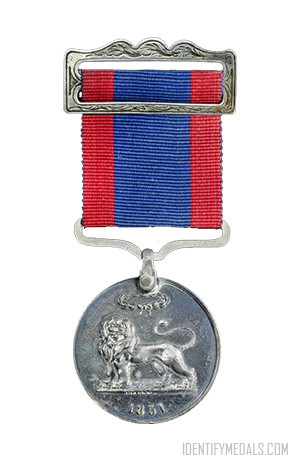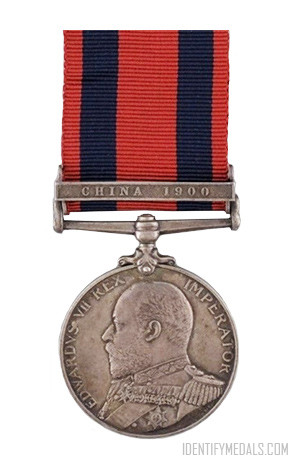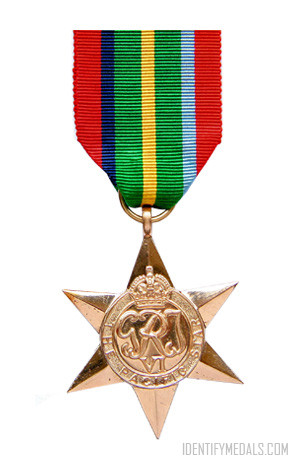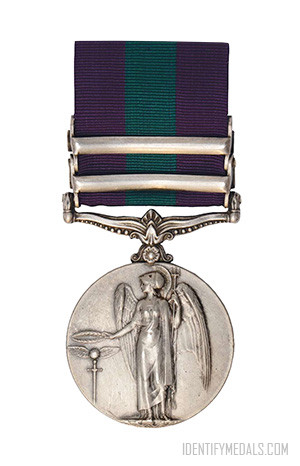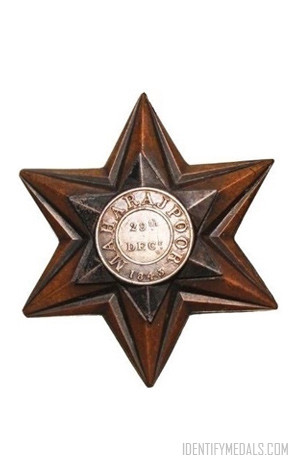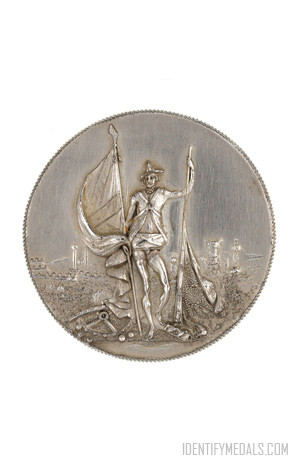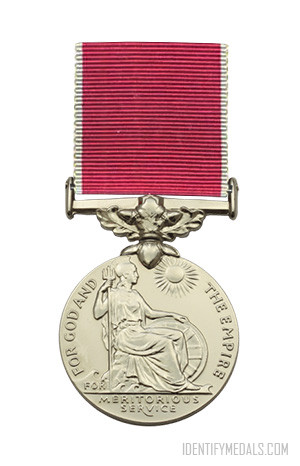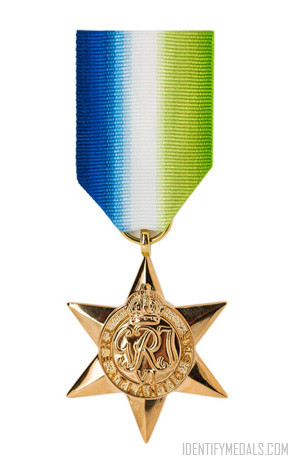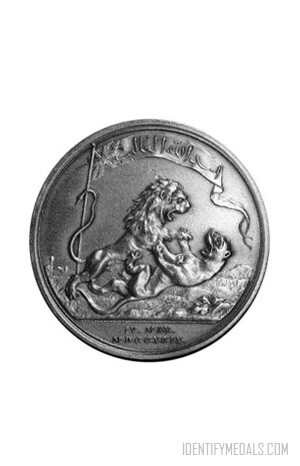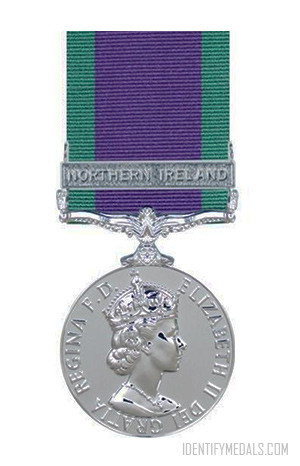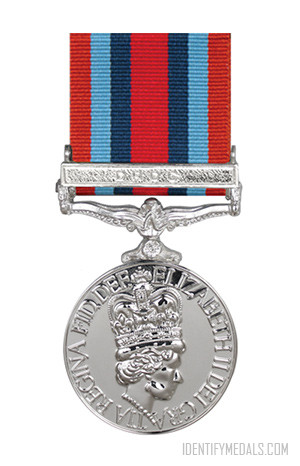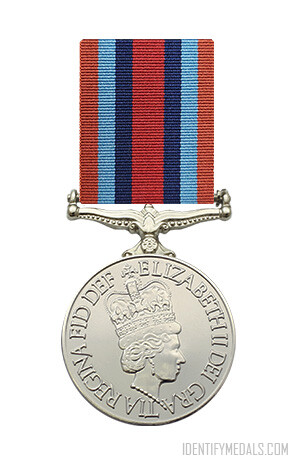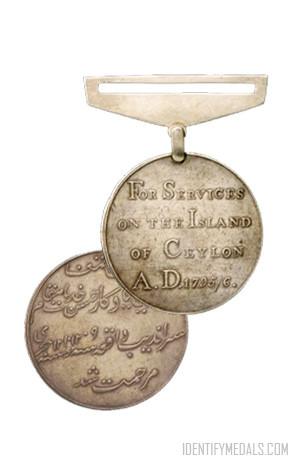- Time Period: Pre-WW1
- Year of Institution: 1851
- Country: Great Britain
The Sir Harry Smith’s Medal for Gallantry is an unofficial military decoration privately instituted in 1851 by Major General Sir Henry George Wakelyn Smith for bravery, awarded for actions following the siege of Fort Cox in December 1850, at the beginning of the 8th Cape Frontier War. Smith was at the time the Governor and Commander-in-Chief of the Cape of Good Hope.
Fort Cox was not provisioned to withstand a long siege, had no artillery, and could only be supplied with water by hazardous expeditions to and from the Keiskamma River far below. Several attempts to relieve the Fort were unsuccessful and Smith, concerned that his being trapped in Fort Cox would affect the Colony’s morale and cause the defection of loyal Xhosa tribes, decided to fight his way out. On 31 December 1850, escorted by about 250 men of the Cape Mounted Riflemen, Smith succeeded to get through the Xhosa lines and safely reached King William’s Town. Fort Cox was finally relieved on 31 January 1851.
Impressed by the showing of the Cape Mounted Riflemen under his command, Smith created Sir Harry Smith’s Medal for Gallantry in recognition of their conduct. In the Colonies and former Boer Republics which became the Union of South Africa in 1910, several unofficial military decorations and medals were instituted and awarded during the nineteenth and early twentieth century.
The Sir Harry Smith’s Medal for Gallantry Design
The medal is circular, struck in silver and measures 34 mm in diameter.
The obverse shows a British lion passant gardant beneath a crown of laurel leaves, with the year “1851” in the exergue. The reverse is plain and has the inscription “PRESENTED BY” around the upper perimeter, “HIS EXCELLENCY“, “SIR H.G. SMITH BART C.G.B.” and “TO” in three lines, with open space for private naming, and “FOR GALLANTRY IN THE FIELD” around the bottom perimeter.
The ribbon is dark blue with crimson edges and measures 32 millimeters wide.

